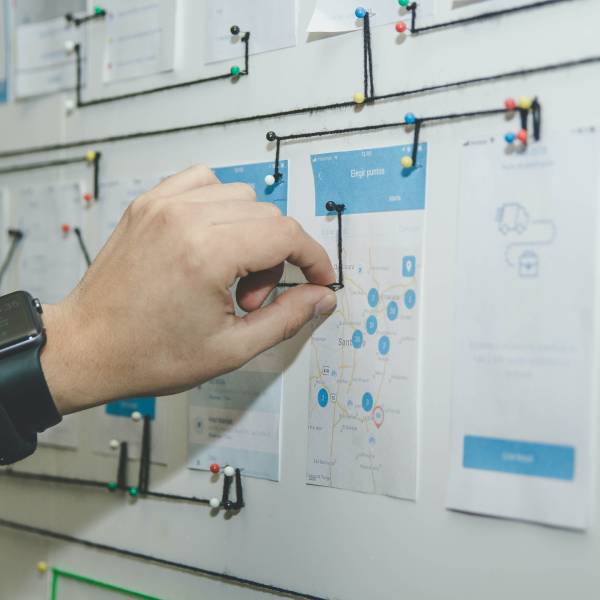

-
Integrated Facilities Management (IFM) Strategy:
- Vendor Management: Create a plan to control and improve interactions with service providers and suppliers for facilities management.
- Integrate different facility services, such as upkeep, cleaning, and catering, to increase effectiveness and efficiency.
- Performance Metrics: Create KPIs and metrics to gauge how well-outsourced services are performing and to make sure they are in line with business goals.
- Implement procedures for ongoing assessment, innovation, and enhancement of facility services through frequent evaluations and input.
-
Workplace Experience:
- Designing and maintaining the workplace to maximize employee productivity, contentment, and well-being.
- To enhance the entire office experience, include amenities like fitness centers, leisure rooms, on-site cafés, and concierge services.
- Promote excellent communication in the workplace to educate staff members about upcoming events, changes to the workplace, and services that are accessible to them.
- Establish methods for getting employee input on their experiences at work and preferred changes to be made for ongoing improvement.
-
Security and EHS:
- Compliance and Regulations: Ensure that all environmental, health, and safety laws are followed on a local, regional, and global level.
- Risk Assessment and Mitigation: Conduct routine risk analyses to spot possible dangers and put precautions in place to lessen environmental health and safety concerns.
- Plans for Emergency Response: To protect the security of personnel and assets during catastrophes, develop and communicate clear emergency response plans and procedures.
- Security procedures: Implement security measures, such as access control, surveillance, and cybersecurity, to safeguard the organization's material assets, data, and personnel.
-
Business Continuity Planning (BCP):
- Risk analysis involves identifying and evaluating possible threats to corporate operations, such as crises, cyberattacks, and natural catastrophes.
- Analysis of Business Impact (BIA): To identify the crucial processes and operations that must be prioritized for continuity and recovery, do a business impact analysis (BIA).
- BCP Development: Create thorough business continuity plans that address communication during a crisis, recuperation, and resumption of operations.
- Tests and Instruction: Exercise the BCP often through exercises and simulations, and teach staff to ensure they are aware of their responsibilities in a crisis.
Organizations can ensure a secure, effective, and productive work environment by integrating these components into facility operations and being prepared to handle interruptions and crises.

